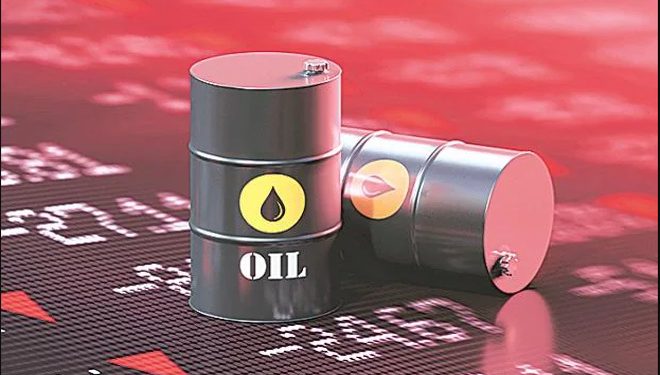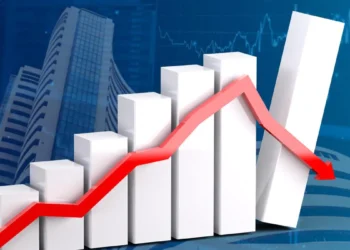In the early hours of Monday, January 22, oil markets faced challenges as Brent crude hovered at $78.47 per barrel around 03:53 am GMT. The struggle for momentum is attributed to economic uncertainties impacting global oil demand, offsetting geopolitical tensions and recent attacks on a Russian fuel export terminal.
According to Reuters, Brent crude experienced a slight dip of 9 cents, settling at $78.47 a barrel by 0353 GMT, following a 54-cent decline on Friday. Simultaneously, U.S. West Texas Intermediate crude futures for February delivery inched up by 11 cents to $73.52 a barrel, with the contract nearing expiration on Monday. The more active March WTI contract stood at $73.21 a barrel, down by 4 cents.
Geopolitical complexities, including the Gaza war and a U.S. strike on a Houthi missile in the Gulf of Aden, added to ongoing conflicts. Despite these concerns, oil prices displayed minimal movement, even with the alleged Ukrainian drone attack at a Russian fuel export terminal.
Russian producer Novatek reported a suspension of some operations at the Baltic Sea terminal due to a fire. The subdued market reopening reflected the current sentiment in the crude oil market.
While oil prices were reported at $77 per barrel last week, it remains below the average of $94/bbl in September, reversing gains accrued in 2023 Q3.
Crude oil seems poised for rangebound trading with downward pressure, according to Vandana Hari, founder of oil market analysis provider Vanda Insights. Disruptions in the Red Sea and the Gulf of Aden have impacted global trade, tightening European and African crude markets.
The first-month Brent contract’s premium over the six-month contract widened to $1.99 on Friday, indicating perceived tight supply for prompt delivery, known as backwardation.
IG’s Sycamore highlighted headwinds for oil prices, citing increased production, mixed growth outlooks in China and Europe, and an anticipated slowdown in the U.S. economy, as indicated by upcoming GDP data. Various organizations, including the U.S. Energy Information Administration, the International Energy Agency, and OPEC, presented a wide range of demand growth forecasts for 2024, ranging from 1.24 million to 2.25 million barrels per day.










